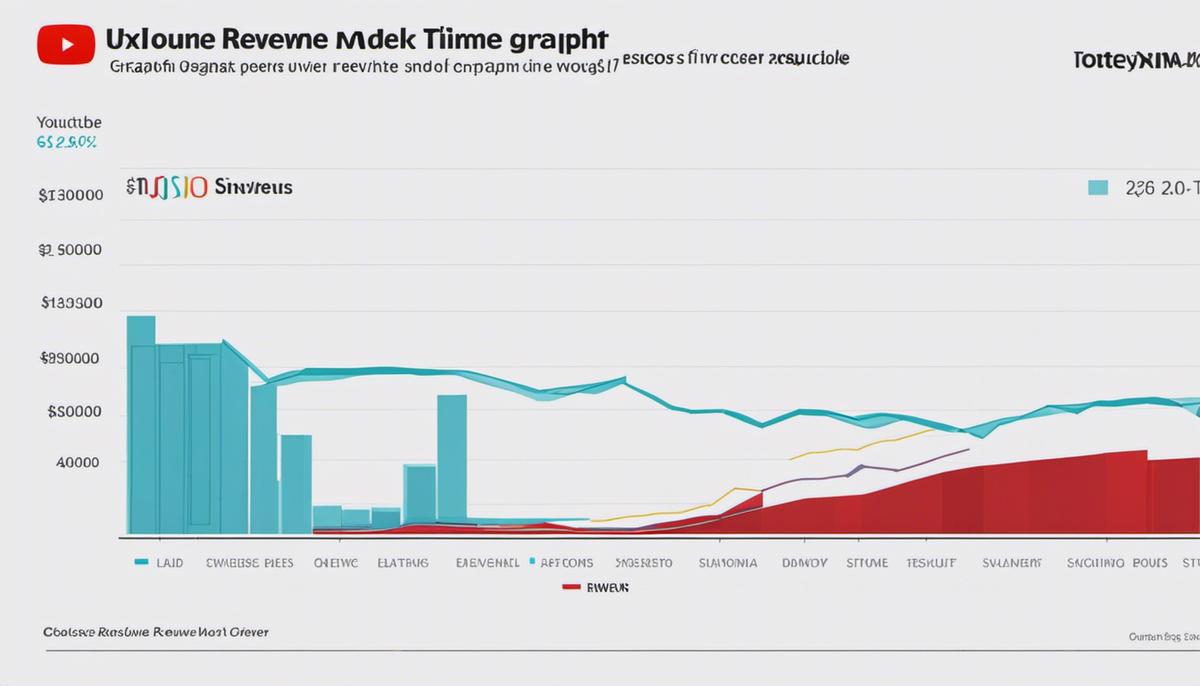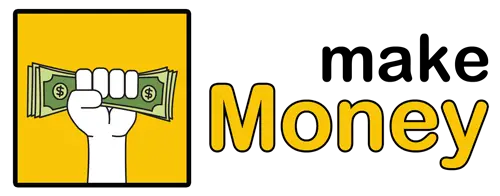YouTube presents a remarkable platform not just for showcasing talents and interests, but also for generating income. As exciting as this may sound, unfamiliarity with the platform’s system could pose a significant challenge, making the path to monetization a twisted maze of confusion. This document demystifies the monetization aspect of YouTube, highlighting the essential policies that govern earnings from this platform. It guides would-be content creators through the labyrinth of engaging content creation. Furthermore, it provides an in-depth understanding and analysis of YouTube Ads’ algorithms, providing a comprehensive guide on video optimization to maximize ad viewership revenue.
Understanding YouTube’s Monetization Policies
Entitled as a souk of ideas, information, and entertainment, YouTube has transformed the digital landscape since its inception in 2005. However, it is more than just an inventory of videos. It’s a powerful platform that savvy entrepreneurs leverage to tap into unparalleled revenue streams. YouTube’s monetization policies are crucial stepping stones on this path, yet it is essential to intimately comprehend these rules to avoid pitfalls and maximize profits. Here’s why they matter.
YouTube’s core monetization policy revolves around their Partner Program (YPP), offering content creators a slice of the digital ad revenue pie. To qualify for the program, channels must deliver a steadfast 4,000 public watch hours over the prior twelve months, while boasting a minimum of 1,000 subscribers. These prerequisites serve a dual role. They encourage creators to produce high-quality content that generates viewer interest, and concurrently, they safeguard advertisers from poor or controversial content that might tarnish their brand.
However, the eligibility criteria do not end there. Participants must also adhere to YouTube’s community guidelines. Simply put, their content should avoid hate speech, harassment, or any form of the misleading narrative. Non-compliance is not tolerated and promptly penalized, reinforcing YouTube’s image as a safe haven where marketers can promote their products fearlessly.
YouTube’s monetization policies also chart out the revenue sharing model. They furnish an environment wherein creators and YouTube split revenues, typically in a 55-45% arrangement. This ratio incentivizes creators to generate stellar, ad-friendly content while also encouraging a surge in ad revenues for YouTube.
These policies aren’t etched in stone – they evolve with the digital climate. YouTube’s continued refinement of monetization rules exhibits dynamism, providing a platform that stays relevant and beneficial for all parties involved. For instance, the recent introduction of mid-roll ads for shorter videos caters directly to advertiser’s needs, paving the path for higher revenues.
The importance of understanding these policies is key to business ventures that aspire to tap into YouTube. Non-compliance can lead to missed opportunities, not just in terms of the suspension from the Partner Program, but also in squandered audience goodwill and brand reputation damage.
In conclusion, understanding, and abiding the YouTube’s Monetization Policies is no longer optional; it’s an essential business strategy. They aren’t barriers but launchpads for creators to construct robust revenue streams, drive engagement with their audience, and ultimately leverage the platform to its fullest capacity. After all, in this era of digital entrepreneurship, knowledge isn’t just power – it’s profit.

Creating Engaging Content
Creating engaging content that attracts a larger audience extends beyond merely understanding and adhering to YouTube policies. It goes a step further into the realm of strategic content creation, targeted audience interaction, and dynamic marketing. Let’s delve into it!
Firstly, research is a key player in this game. You need to understand what your audience is craving. What are they searching for? What problems need solutions? Tools like Google Trends, Keywords Everywhere extension, or SEMRush can provide valuable insights. Catering to audience needs with clear, compelling, and insightful content drives engagement to new heights.
Secondly, adopt a narrative approach. Storytelling is an effective strategy to captivate your audience. Whether it’s a product, a service or an Avante-garde idea; a riveting narrative makes content stick. Engaging content isn’t just about passing on information, it’s about delivering a memorable experience.
Thirdly, content consistency is as crucial as its quality. An infrequent or erratic posting schedule can be a potential viewer deterrent. Create a content calendar to ensure a steady stream of engaging content. Consistency also allows for brand awareness and establishes you as a reliable and credible content provider fostering the growth of an active community around your brand.
Next, collaboration is the future. Collaborate with other content creators or influencers in your industry. This symbiotic relationship not only amplifies your reach but also lends credibility to your brand. It taps into the loyal fanbase of the collaborator, enabling you to reach a larger audience base and therefore increase engagement.
Then, interact with your audience. Encourage them to comment, like, share, and subscribe. Responding to comments builds a community for your channel. It makes your audience feel valued and recognized, promoting further engagement.
Additionally, avoid content monotony. Boredom is the enemy of engagement. Diversify your content! If it’s a business channel, throw in interviews with industry experts, case studies, behind-the-scenes insights, or live Q&A sessions. Variety not only sustains interest but also caters to different segment preferences in your audience.
Lastly, promote your content on other platforms. YouTube may be your primary platform, but don’t ignore the immense potential of others. Whether it’s Facebook, Instagram, LinkedIn, Twitter or a podcast, cross-promotion will lead to audience increase and boost engagement.
Mastering the art of creating engaging content is a continuous process. Trends change. Algorithms change. But what remains constant is the allure of valued and engaging content. Remember, the essence of successful engagement is understanding your audience and creating valuable content that resonates with them.

Optimizing Videos for Ads
Optimizing YouTubes videos to achieve peak ad revenue extends above and beyond adherence to eligibility requirements and community guidelines. It’s a strategic endeavor that leverages winning content, audience engagement, and business acumen.
Commercially viable content is the linchpin in your YouTube revenue model. By creating high-value content that not only captivates but also resonates with your target audience, you raise the potential for advertisers to gravitate towards your platform. Strive to establish a unique voice that reflects authenticity, harnessing storytelling prowess to create engaging narratives that heighten viewer retention.
A key aspect of optimization is data analytics. Utilize YouTube’s analytics tools to monitor the performance of your videos, identifying viewer preferences and behavior. Data such as watch time, audience demographics, and traffic sources provide invaluable insight into your content’s performance. With this information, customize and tweak your content to further appeal to and serve your audience.
Another dynamic element in optimizing your YouTube videos is SEO strategy. Remember, YouTube is the second largest search engine after Google. Tailor your content, title, description, and tags around widely-searched keywords relevant to your content. Generate a persuasive and punchy title, a precise and keyword-rich description, and tags that maximize searchability of the video.
One little known, yet vital, element is the video thumbnail. Ensure it is eye-catching, high resolution, and accurately represents the video content. Custom thumbnails with concise text overlays can bolster click-through rates.
The first few seconds of your video are crucial in hooking your audience. Make them count. Craft a persuasive and compelling video intro that points to the value proposition of your video, convincing viewers to watch till the end.
Duration of the video also plays a significant part in ad revenue generation. Aim for video reduction times between 7 to 16 minutes, which typically optimally capture audience attention without causing undue viewer fatigue.
Interactive end-screens can be instrumental in channel promotion, pointing viewers to other videos, directing traffic to your website, and encouraging subscriptions. Couple this with compelling prompts to like, share, comment, and subscribe embedded throughout your video content to foster community engagement.
Finally, tap into the power of cross-platform promotion to extend your reach. Leverage social media platforms, blogs, and email marketing to draw traffic to your YouTube videos.
Astute YouTubers understand that successful monetization is fueled by a blend of audience insight, quality content, savvy marketing, and adroit utilization of YouTube’s built-in tools and features. Indeed, any serious business venture on YouTube demands a continuous commitment to learning, innovation, and adaptation in line with evolving viewer trends and algorithm adjustments. Stay connected and promptly respond to any shifts, and the potential could be richly rewarding.

Through a thorough understanding of monetization policies and the science of creating captivating content, one has the potential to turn a YouTube channel into a significant financial venture. With the knowledge of optimizing for ads also in your arsenal, there’s a considerable potential to considerably increase the earnings significantly. The path to YouTube monetization might be complex, but with careful navigation, adherence to policies, and attention to content creation and optimization, it might very well lead to a sustainable and profitable journey. Therefore, embrace the process, consistently create and innovate, and take advantage of every opportunity to monetize your content effectively.


